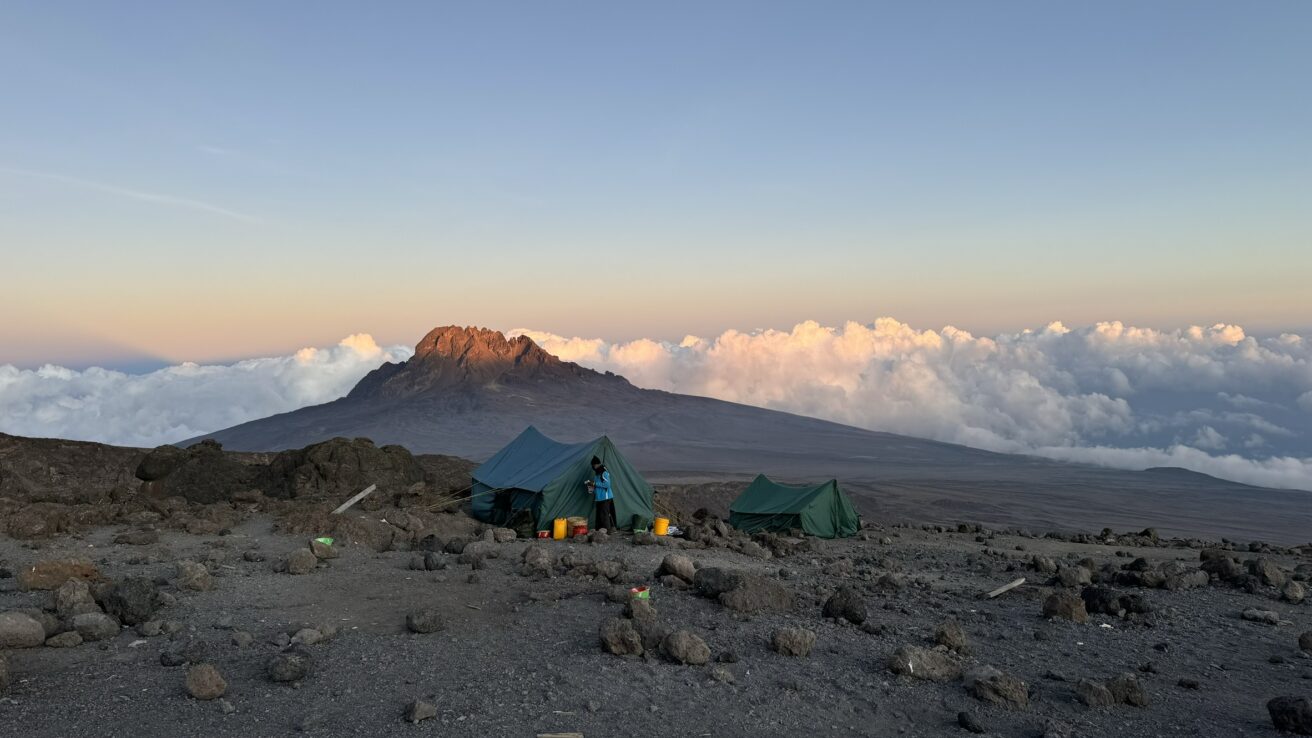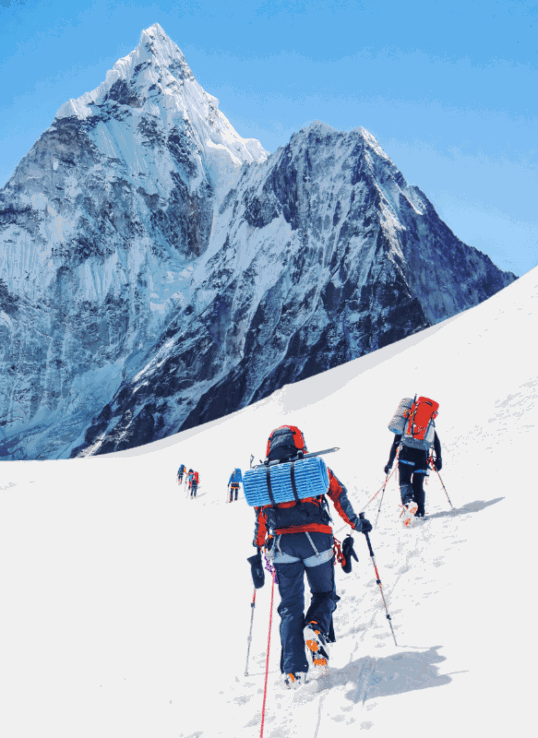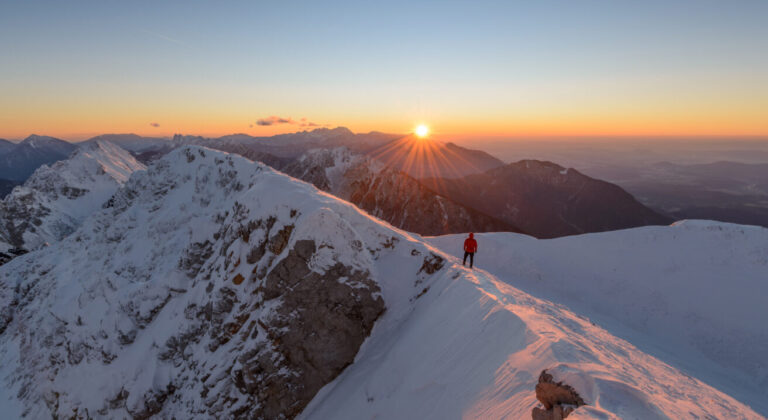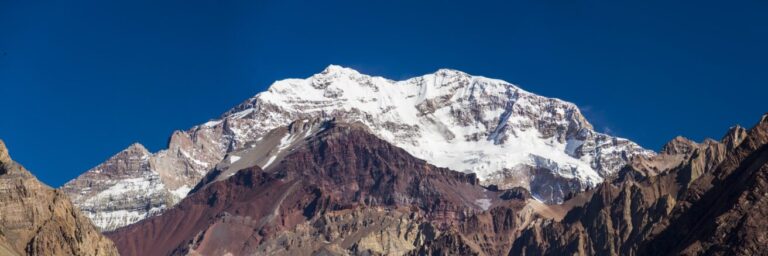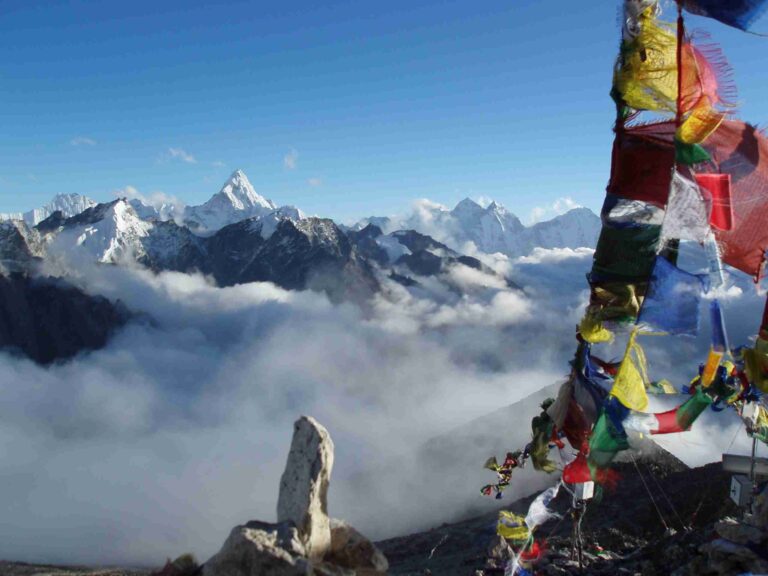Mount Kilimanjaro, Africa’s tallest peak at 5,895 meters, is a magnet for adventurers worldwide. But this journey isn’t just about reaching the summit, it’s an immersive experience through Tanzania’s vibrant landscapes and cultures. From lush rainforests to alpine deserts, the climb offers a unique combination of physical challenge, natural beauty, and cultural immersion.
There are several trekking routes lead to the summit, each with its own character and challenges. Popular options include:
- Marangu Route: The “Coca-Cola” route, considered the easiest, with hut accommodations along the way.
- Machame Route: Known as the “Whiskey Route,” scenic and challenging, perfect for those seeking adventure.
- Lemosho Route: Longer and quieter, offering excellent acclimatization opportunities.
- Rongai Route: Approaches from the north, less crowded, ideal for those seeking solitude.
- Northern Circuit: The longest route with incredible views.
In this article, we will focus exclusively on the Machame Route, giving you an in-depth look at what to expect, how to prepare, and tips to make your summit a success.
Why the Machame Route Stands Out
Machame route is widely regarded as the most scenic route on Kilimanjaro, combining diverse ecosystems with excellent acclimatization. With Jason Black, a double world-record holder for the fastest Kilimanjaro ascent, this expedition offers unmatched guidance, safety, and insights into the mountain.
This route is tent-based, offering wilderness immersion, privacy, and spectacular views. Starting in dense rainforest, the trail moves through moorlands and alpine deserts before reaching the summit. Kosovo Camp gives climbers a head-start on summit night and ensures a quieter, less crowded experience.
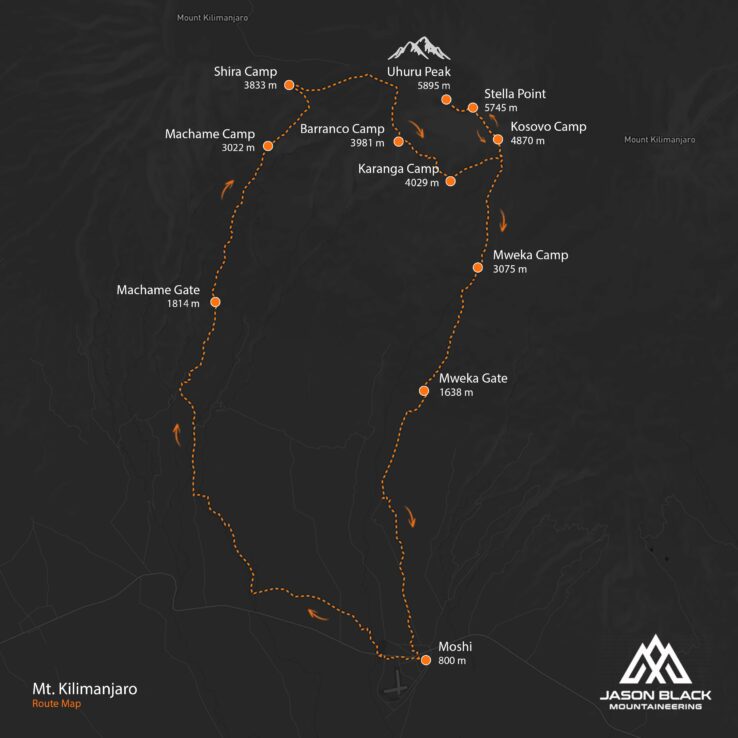
Itinerary: Day-by-Day Machame Route Experience
The Machame Route offers a perfect balance of scenic landscapes, gradual acclimatization, and immersive experiences in Tanzania. Each day brings new challenges and rewards. From lush rainforests to sweeping alpine deserts, dramatic cliffs, and finally, the awe-inspiring summit of Kilimanjaro. This itinerary gives you a clear picture of what to expect on your climb, including cultural experiences, camp highlights, and summit preparations.
Day 1: Arrival in Tanzania
Arrive at Kilimanjaro International Airport and transfer to a comfortable hotel in Moshi. Relax and prepare for the adventure ahead.
Day 2: Chemka Hot Springs
Swim in pristine geothermal waters, surrounded by lush vegetation. A serene start before climbing begins.
Day 3: Machame Gate to Machame/Millennium Camp (1,800m → 3,000m)
After a Maasai village visit, start your climb through dense rainforest. Distance: ~11 km, 5–7 hours. Highlights: vibrant forest flora, steep inclines.
Day 4: Machame Camp to Shira Camp (3,000m → 3,850m)
Ascend into heath and moorlands. Distance: ~5 km, 4–6 hours. Stunning panoramic views of Kibo.
Day 5: Shira Camp → Lava Tower → Barranco Camp (3,850m → 4,600m → 3,960m)
Acclimatization day, with challenging Lava Tower ascent. Distance: ~10 km, 7–8 hours. Dramatic landscapes and volcanic features.
Day 6: Barranco Camp → Karanga Camp (3,960m → 4,035m)
Scramble up the famous Barranco Wall. Distance: ~6 km, 4–5 hours. Steep, rewarding terrain with scenic views.
Day 7: Karanga Camp → Kosovo Camp (4,035m → 4,870m)
Final preparation for summit. Distance: ~4 km, 5–6 hours. Kosovo Camp provides privacy and strategic positioning for summit night.
Day 8: Summit Day! Kosovo Camp → Uhuru Peak → Mweka Camp (4,870m → 5,895m → 3,080m)
Midnight summit push for sunrise at Uhuru Peak. Distance: ~17 km, 12–15 hours. Celebrate one of the world’s greatest achievements.
Day 9: Mweka Camp → Mweka Gate (3,080m → 1,640m)
Descent through rainforest to the base. Distance: ~10 km, 3–4 hours.
Day 10: Jason’s Magical Day
Immerse in Tanzanian culture: visit coffee fields, swim in waterfalls, meet local communities, enjoy traditional music and rooftop dinner celebrations.
Day 11: Departure
Fly home or extend your adventure with an African safari.
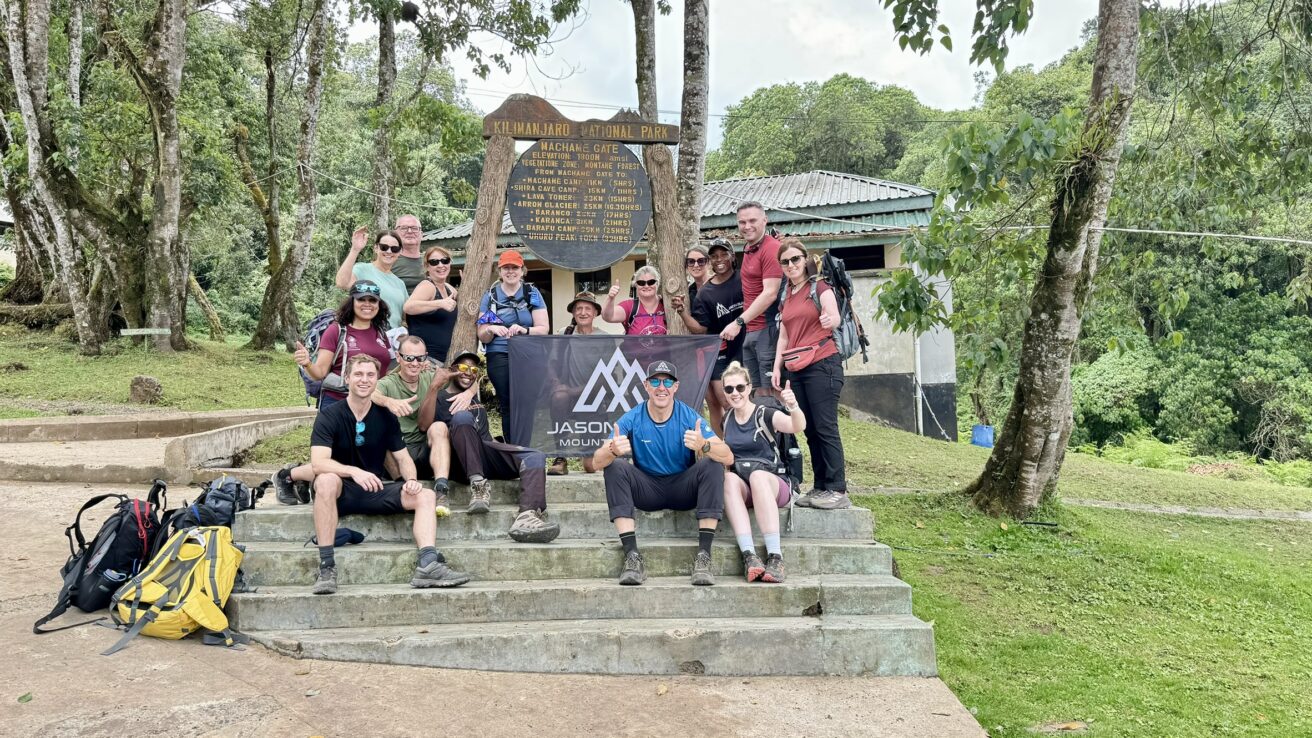
Training & Preparation
Climbing Kilimanjaro via the Machame Route demands a high level of fitness, endurance, and mental resilience. While it is a non-technical climb, the mountain’s altitude and steep sections require thorough preparation. Jason Black Mountaineering emphasizes a structured approach to training:
- Hillwalking: At least 4 long hikes per month on consecutive days, 6–8 hours, with an 8 kg rucksack. Focus on time on your feet rather than speed.
- Cardio Training: 2–3 high-intensity sessions weekly, including running, cycling, swimming, HIIT, or spin classes.
- Strength Training: Especially for legs, core, and lower back. Strength helps reduce fatigue and protects joints on steep ascents and descents.
- Acclimatization Awareness: Understanding the effects of altitude and recognizing early symptoms of Acute Mountain Sickness (AMS) is vital.
Jason Black Mountaineering also provides pre-expedition support, including personalized training plans, assessment of fitness levels, and recommendations for preparatory climbs if needed.
For a detailed 12-week training program, medical guidance, and expedition preparation tips, download the full Kilimanjaro information pack here.
Essential Gear
The right gear is essential to ensure comfort, safety, and success on the Machame Route. You’ll need high-quality clothing, trekking boots, insulation layers, and camping essentials suitable for extreme altitudes. Jason Black Mountaineering provides guidance on all required items, including personal, mountaineering, and travel gear. Some of the essential gear you need:
- Trekking boots, gaiters, layered clothing, and insulation.
- Sleeping bag (-20°C), inflatable pillow.
- Trekking poles, headlamp, first aid kit.
- Travel documents, passports, and Tanzanian visa ($50 cash).
- Optional electronics: power bank, phone camera, adventure watch.
To explore the complete Kilimanjaro kit list, including clothing, sleeping gear, and mountaineering essentials, learn more here
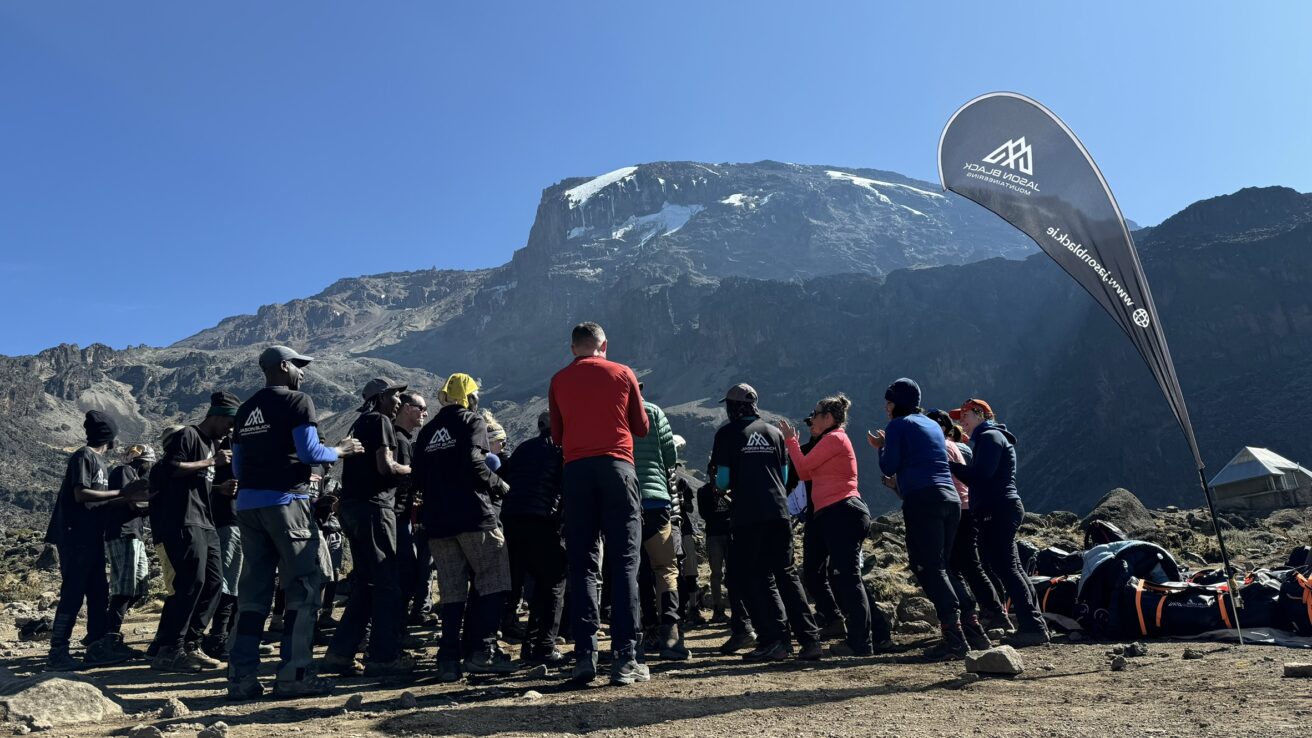
Tips for a Successful Machame Climb
Climbing Mount Kilimanjaro via the Machame Route is as much a mental journey as it is a physical one. Success on this climb isn’t about speed, it’s about patience, preparation, and respect for the mountain. Below are key tips from Jason Black Mountaineering to help you make your summit experience safer, more enjoyable, and more rewarding.
1. Pace Yourself — “Pole Pole”
In Swahili, pole pole means “slowly, slowly,” and it’s the single most important phrase on the mountain. The key to a successful summit is to walk slowly, conserve energy, and allow your body to acclimatize naturally. Resist the temptation to rush; every deliberate step increases your chance of reaching Uhuru Peak safely.
2. Hydrate Constantly
Dehydration is one of the most common causes of altitude sickness. Aim to drink 3–4 litres of water per day, supplemented with electrolytes. Carry an insulated bottle to prevent freezing during summit night.
3. Eat Even When You’re Not Hungry
At altitude, appetite can decrease, but your body still needs energy. Jason Black’s expeditions provide balanced, freshly prepared meals to keep your strength up. Prioritize carbohydrates and slow-release energy foods to maintain stamina throughout the climb.
4. Trust Your Guides and Team
Your guides and porters are your greatest allies. They understand every contour of the mountain and know how to spot early signs of fatigue or altitude sickness. Listen to their advice, communicate openly, and trust their experience.
5. Prepare Your Body in Advance
Don’t underestimate the climb. Regular cardio, hillwalking, and strength training are essential. Practice hiking with your backpack and boots before departure to condition your muscles and avoid blisters. For a complete pre-climb fitness plan, download our information pack here.
6. Choose Quality Gear
Your equipment can make or break the climb. Ensure your boots are well broken in, and your clothing system includes layers for temperatures ranging from +25°C at the base to -20°C at the summit. Explore our full Kilimanjaro kit list here for expert recommendations.
7. Embrace the Journey, Not Just the Summit
The Machame Route offers more than just a climb, it’s a journey through five ecological zones, breathtaking sunrises, and deep cultural connections. Take time to enjoy the forest sounds, the camaraderie of your team, and the moments of quiet reflection.
8. Stay Positive and Mentally Strong
Altitude can challenge even the fittest climbers. Keeping a positive mindset is crucial. Remember why you’re climbing, celebrate small milestones, and lean on your team for support when it gets tough.
9. Document Your Experience
Capture your journey through photos, videos, or journaling. The mountain changes dramatically every day, and these memories will remind you of the courage, persistence, and beauty of the adventure.
10. Respect the Mountain and Its People
Kilimanjaro is sacred to the Chagga people and a UNESCO World Heritage Site. Respect the environment by leaving no trace, supporting local porters ethically, and embracing the cultural exchanges that make this climb truly special.
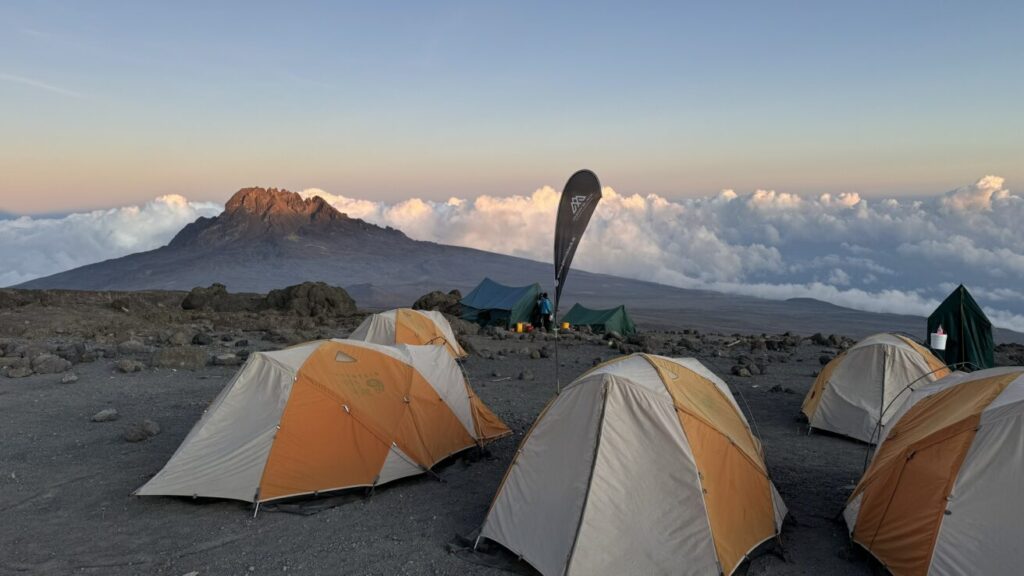
Frequently Asked Questions About Climbing Kilimanjaro via the Machame Route
Why Choose Jason Black Mountaineering
Choosing the right guide can make all the difference on a Kilimanjaro expedition. Jason Black Mountaineering combines world-record expertise, personalized guidance, and a strong focus on safety, acclimatization, and small-group dynamics. Our approach ensures that climbers not only reach the summit but also experience Tanzania’s culture, wildlife, and landscapes in a way that few other expeditions can offer.
- Expertise: Jason Black is a double world-record holder for the fastest Kilimanjaro ascent, bringing unmatched experience and insights.
- Small Groups: High guide-to-client ratio ensures personalized support, safety, and attention to acclimatization.
- Cultural Immersion: Beyond the climb, experience Maasai village visits, coffee field tours, waterfalls, and Jason’s curated “magical day” in Tanzania.
- Safety First: All expeditions adhere to strict safety protocols, including altitude monitoring, medical support, and emergency procedures.
- Sustainability: Respect for the mountain, local communities, and environment is a core principle.
Begin Your Kilimanjaro Adventure Today
Every great climb starts with a single step, and this could be yours. Join Jason Black Mountaineering on a life-changing journey to the summit of Africa’s highest peak. With world-class guides, expertly crafted itineraries, and authentic Tanzanian experiences, your Kilimanjaro dream is within reach.
Ready to conquer the Machame Route?
Book your Kilimanjaro expedition with Jason Black Mountaineering today

